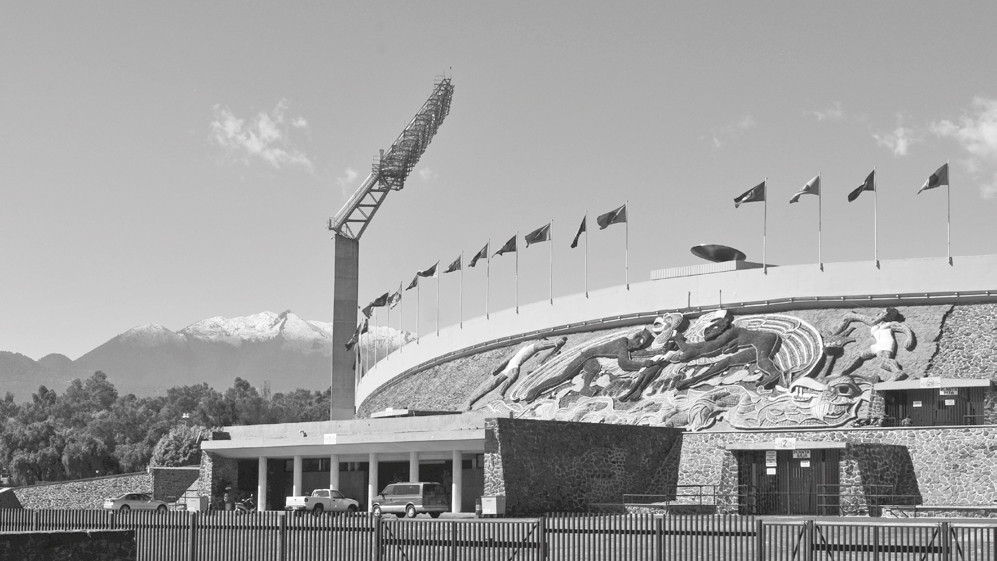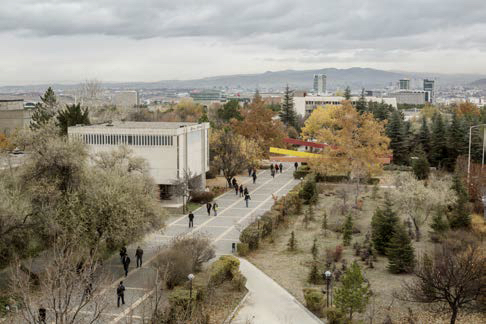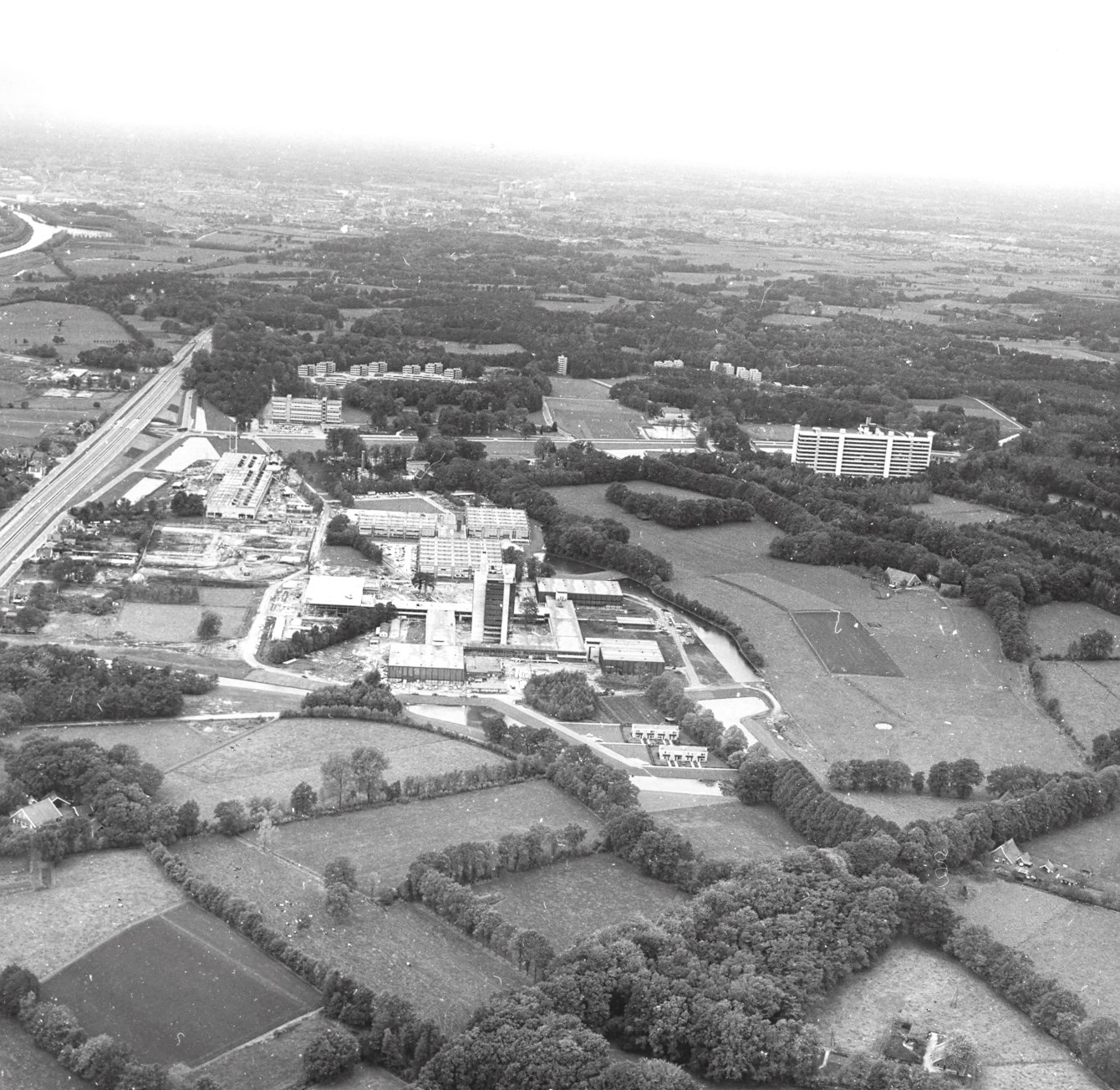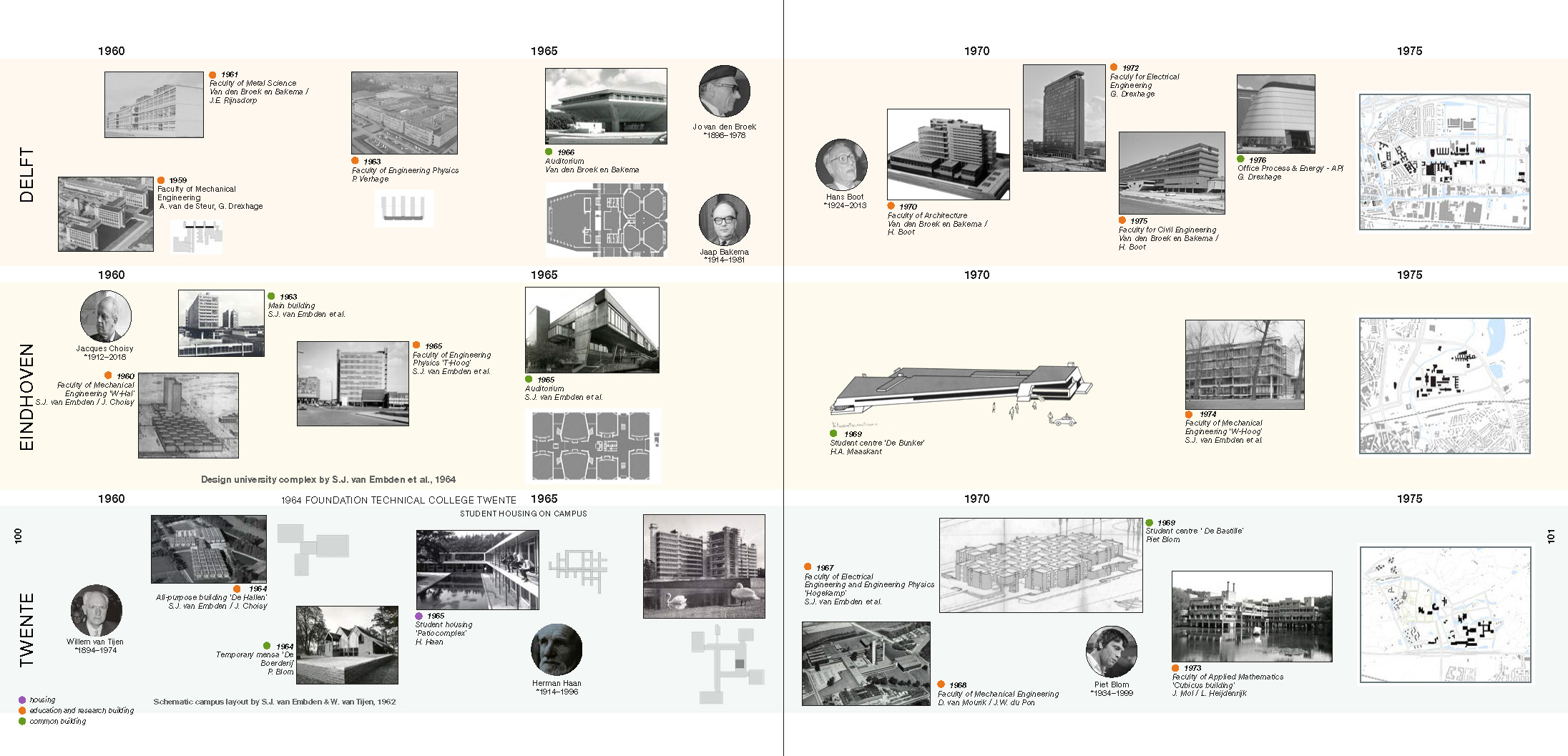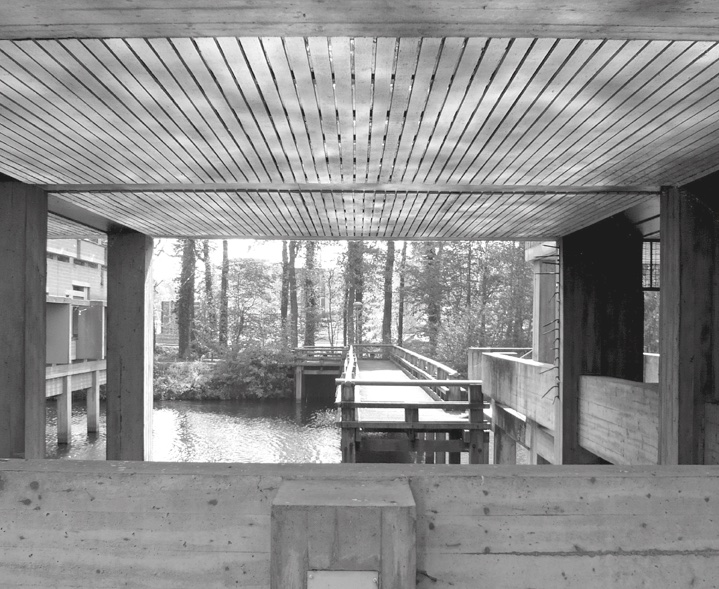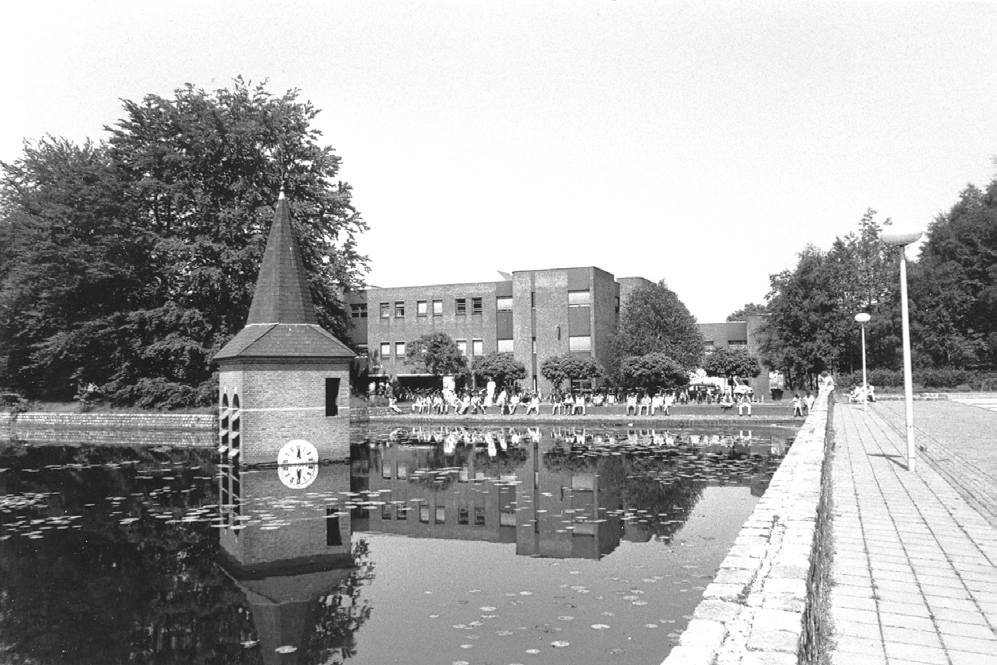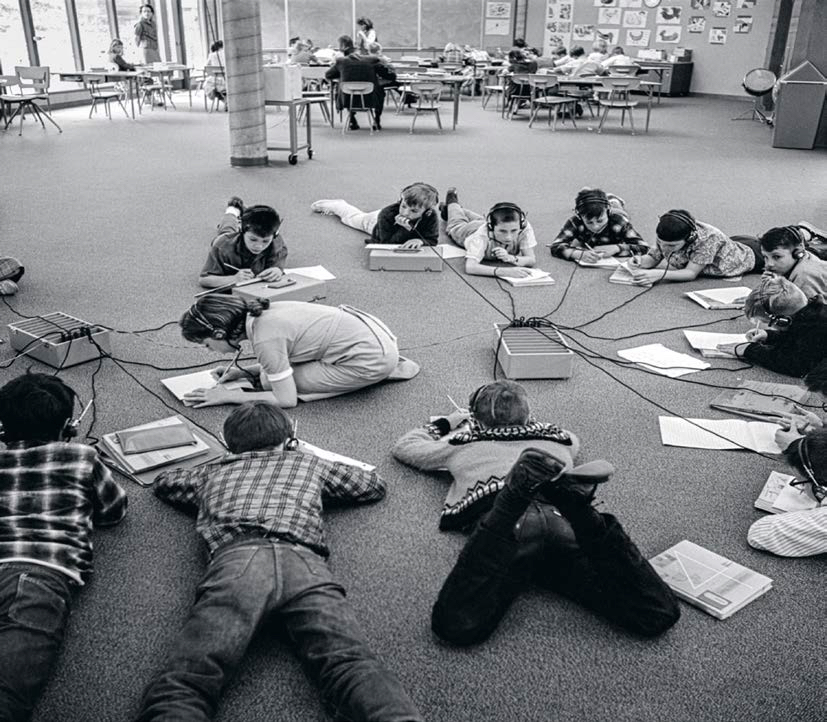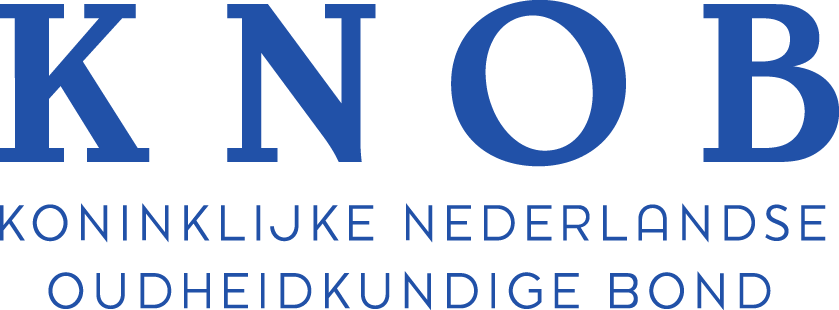
Campus Utopias creative rereading
OverHolland is published by KNOB (Royal Netherlands Society of Architectural History) on behalf of Delft University of Technology, Faculty of Architecture.
Editors
Henk Engel, Esther Gramsbergen, Reinout Rutte, Yvonne van Mil, Yağız Söylev, Judith Fraune
ISBN
9789090378121
Articles
-
Thirty years after the Second World War, architecture culture was dominated by a discourse critical of the once cherished modernism and marked by scepticism towards its canonical narrative. However, other modernisms still emerging outside Europe and America, especially in geographies that had not been battlefields of war, faced their own socio-political struggles and formed strong ties with that earlier modern movement. The legacy of modernism lived on in the so-called developing countries located in a geopolitical sphere identified with the ‘third world’. In Brazil, Mexico, Cuba,...
-
In collaboration with TU Delft’s Department of Architecture, the ‘Campus Utopias’ graduate research course was conducted with students from the Architecture Department of the Middle East Technical University (METU) in Ankara, in 2021. The focus of the research was the METU campus, an iconic example of modern architecture in Turkey, and the goal was to discover the intentions of its designers. As well as the architects of the campus, the term ‘designer’ was used to refer to the institutions and individuals who had been involved in the establishment of the university.
The original... -
Like the campus-atlases for Delft and Eindhoven in OverHolland 18/19, this contribution documents the spatial design and transformation of the University of Twente (UT) campus in a series of maps and analytical drawings. The starting point for this is a comparison between the master plan of the campus from 1962, the actual situation in 1975 and the situation in 2015. These three reference dates provide a good overview of the developments that have taken place on the campus over the past few decades. The atlas therefore provides background information for the following reflections in this...
-
Using a timeline and a network map, the development of the Twente campus and the architects involved are compared with those of the other two technical universities in the Netherlands. The Twente campus was the third in line, after Delft and Eindhoven. How do the three campuses compare in terms of urban embedding, spatial layout and building design? What are the similarities and differences, and which architectural concepts migrate between the campuses? For this comparison, we use the Delft and Eindhoven campus-atlases published in OverHolland 18/19. To understand and compare the three...
-
There is probably no university campus in the Netherlands about which more has been drawn and written than that of the University of Twente (UT). The establishment of the first and only true campus university in the Netherlands, located on a 150-hectare wooded site between Hengelo and Enschede, resulted in a rapid succession of master plans and visual quality plans. In addition, numerous articles, books and a dissertation have been published. This interest is not without reason.
First of all, the history of the origins of what would become the third technical college in the... -
Drienerlo, the campus of the University of Twente (UT), represents one of the most interesting episodes in Dutch modern architecture and town planning. Moreover, its importance is not limited to that alone: the realisation of the campus in Twente was an integral part of a socio-pedagogical experiment. Perhaps for this very reason, the campus grew into a contact zone for different generations of Dutch modernists from Willem van Tijen (1894- 1974) and Samuel van Embden (1904-2000) to the Forum group.
Forum is a Dutch architectural review that in the period 1959-1963, with Jaap Bakema,...
Polemen
-
The intersection of learning, space, and technology has become a significant focus in recent years. The design of educational environments for the future has emerged as a critical concern within campus architecture. These new university buildings often bear concise brand names that are abbreviated keywords, such as ‘collaboration’, ‘creativity’, or ‘flexibility’. Notable examples include UN Studio’s ‘Echo’ and ‘Pulse’ by ector hoogstad architecten, designed as new and innovative learning centres for the TU Delft campus. Despite their different architectural qualities, these projects...
-
Book review of
Arne Schirrmacher / Maren Wienigk (eds.)
Architectures of Science
The Berlin Universities and Their Development in Urban Space
Berlin (JOVIS Verlag), 2019, 304 pp.Paoli Fusi
Multiple Campus
Szenarien für die Universität der Zukunft
Berlin (JOVIS Verlag), 2019, 450 pp. -
Henk Engel introduces
Autonome architectuur en de stad
Ontwerp en onderzoek in het onderwijs van La Tendenza
Delft (KNOB and OverHolland), 2023, 341 pp.
